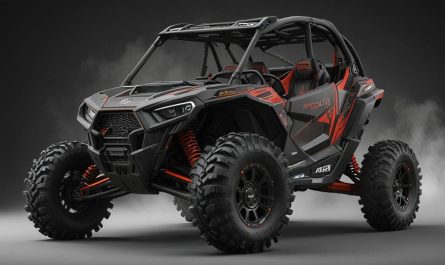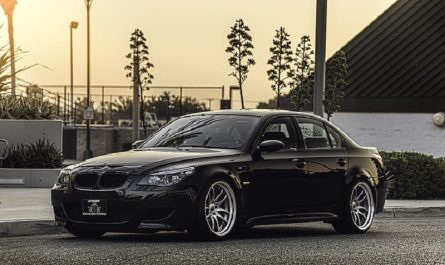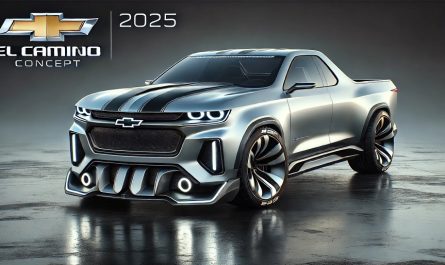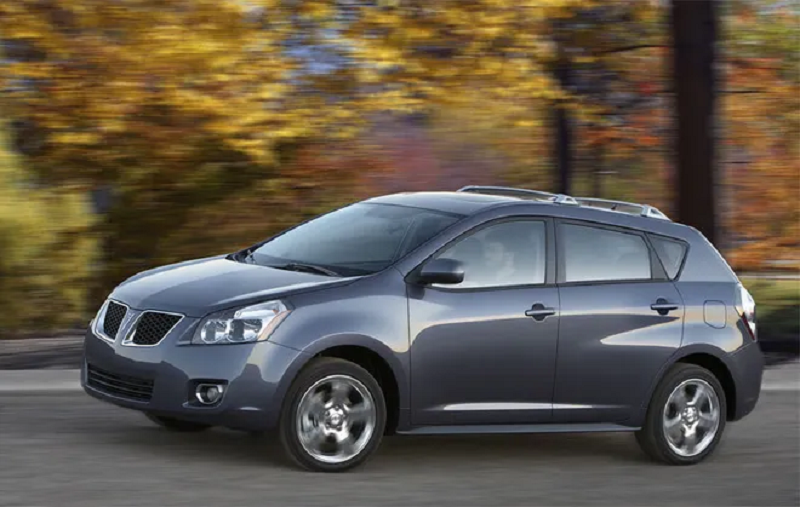
A fascinating vehicle that showcases a special partnership between General Motors (GM) and Toyota is the Vibe. The Pontiac Vibe, which was manufactured between 2002 and 2010, was promoted as a flexible, small hatchback that combined the styling and well-known brand of Pontiac with the dependability of Toyota engineering. We will delve further into the history, specifications, capabilities, and legacy of the Pontiac Vibe in this post.
Read more: Dodge Durango: A Deep Dive into Its Power, Performance, Price and Design
The Origins of the Pontiac Vibe
The GM and Toyota decision to work together on a new car platform in the late 1990s marked the beginning of the Pontiac Vibe’s history. The Vibe and its twin sibling, the Toyota Matrix, were the products of this joint effort. The fact that both cars were constructed using the Toyota Corolla chassis from the beginning guaranteed their dependability and toughness.
2002 saw the release of the Vibe, which was manufactured at the New United Motor Manufacturing, Inc. (NUMMI) facility in Fremont, California, for the 2003 model year. The two automotive behemoths were able to pool resources and produce goods efficiently thanks to this joint industrial venture.
Exterior Design and Styling
The dynamic, contemporary design of the Pontiac Vibe is what makes it stand out from other small cars from the same era. The Vibe gave off a youthful, exuberant vibe with its sharp lines, unique front grille, and aggressive, angular headlights—pun intended.
One of the car’s main selling points was its hatchback form, which provided flexibility and usefulness for drivers who needed more baggage room without compromising city maneuverability. The Vibe gained popularity among young professionals and small families due to its elegant yet compact design.
Interior Features and Comfort
Drivers and passengers found the Pontiac Vibe’s interior to be surprisingly roomy for a compact vehicle. There was plenty of headroom due to the high roofline, and when the back seats were folded flat, there was up to 54 cubic feet of cargo capacity available. Because of this, the Vibe was a flexible option for anyone who required storage in addition to passenger space.
Cloth seats, a CD player, and air conditioning were standard interior items. More opulent features including leather-wrapped steering wheels, top-tier audio systems, and optional sunroofs were standard on higher levels, such as the GT model. A wide spectrum of customers find the Pontiac Vibe to be an excellent everyday driver because it was developed with practicality in mind.
Engine and Performance
The Pontiac Vibe’s array of engine options, each crafted to strike a balance between performance and fuel efficiency, was one of its most alluring features. The base model’s 1.8-liter, four-cylinder Toyota engine could generate 126 horsepower. This engine provided good acceleration and a smooth driving experience when matched with a five-speed manual or a four-speed automatic transmission.
Variable valve timing allowed the 1.8-liter engine in the Pontiac Vibe GT to produce 164 horsepower for those who wanted more power. With a six-speed manual transmission, this model was designed with performance fans in mind and offered a more thrilling driving experience.
Certain models also had the option of all-wheel drive (AWD), which improved the Vibe’s handling in varied weather situations. Despite not being a high-performance vehicle, the Pontiac Vibe was commended for having dependable and economical engines, which made it a sensible option for daily driving.
Fuel Economy and Efficiency
The Pontiac Vibe’s base model boasted an excellent 26 miles per gallon (mpg) in the city and 33 mpg on the interstate, making fuel efficiency a key selling factor. Because of this, the Vibe became a cost-effective choice for commuters and fuel-efficient drivers. A sensible and economical option during its manufacturing run, the Pontiac Vibe even managed an acceptable fuel economy for its more powerful GT model.
Safety Features
For its day, the Pontiac Vibe boasted a competitive array of safety features. The availability of stability control, front and side impact airbags, and anti-lock brakes (ABS) improved the car’s overall safety rating. The Vibe performed well in official crash tests, which increased its attractiveness to purchasers who were concerned about safety.
The Pontiac Vibe was a good alternative for people who lived in areas with severe winters because it came with an optional all-wheel drive system (AWD) that provided more traction and stability.
Read more: Pontiac G8 Sport Truck Specs & Review
Variants and Trim Levels
There were multiple trim levels for the Pontiac Vibe available during its production run. Higher trims, such as the Pontiac Vibe GT, targeted to people seeking a more performance-oriented car, while the base model offered basic features at a reasonable price. Particularly in colder regions where all-wheel-drive systems were prized, the AWD version was also well-liked.
Customers were free to choose the model that best fit their demands and budget because to the distinct feature combinations offered by each trim level.
Pontiac Vibe GT: The Performance Model
The lineup’s performance-oriented model was the Pontiac Vibe GT. The Vibe GT offered a more thrilling driving experience because to its six-speed manual transmission, sharper suspension tuning, and 164 horsepower engine. Driving enthusiasts who desired the hatchback’s usability combined with a little more power under the hood found it to be their favorite.
The End of the Pontiac Vibe
As part of its reorganization initiatives in the wake of the global financial crisis, General Motors (GM) declared in 2009 that the Pontiac brand will be discontinued. The Pontiac Vibe was thus discontinued after the 2010 model year. With the departure of the Vibe, Pontiac’s period came to an end. Its brother, the Toyota Matrix, carried on for a few more years.
Legacy and Popularity Today
Despite its brief production run, the Pontiac Vibe had a lasting effect on a lot of drivers. The Vibe is still held in high respect today because of its dependability, economy, and usefulness. Many Vibes are still in use today thanks to its Toyota-sourced parts, and the car has a devoted fan base of enthusiasts who value its unique combination of design and functionality.
In the used automobile market, the Pontiac Vibe is still a well-liked option because of its lengthy lifespan and cheap maintenance requirements.
Comparing the Pontiac Vibe and Toyota Matrix
It makes sense to compare the Toyota Matrix and Pontiac Vibe because they were both manufactured on the same platform and shared many parts. The Vibe’s unique Pontiac stylistic elements distinguished it from the Matrix, despite the fact that the two cars had nearly similar mechanicals. Conversely, Toyota’s solid reputation for dependability and resale value helped The Matrix.
When making a choice between the two, consumers frequently took their brand allegiance or personal taste in design into consideration. Both the Vibe and Matrix were regarded as great options for people looking for a dependable, fuel-efficient small car, despite their differences.
The Pontiac Vibe in the Used Car Market
You’re in luck if you’re trying to buy a used Pontiac Vibe. Plenty of Vibes from the 2000s are still in outstanding shape today because of their sturdy Toyota engine and well-made components. It’s crucial to look for common problems like wear and tear on the suspension, brakes, and transmission while looking for a secondhand Vibe. But the Pontiac Vibe is a dependable option for a used car because it often holds up well over time.
Common Issues and Maintenance
The Pontiac Vibe had its share of typical problems, just like any other car. A few proprietors reported minor electrical concerns, like malfunctioning power windows, and troubles with the air conditioning system. Luckily, these problems were simple to resolve and just slightly serious. Frequent upkeep, such brake inspections and oil replacements, guarantees that the Vibe will continue to be a trustworthy car for many years to come.
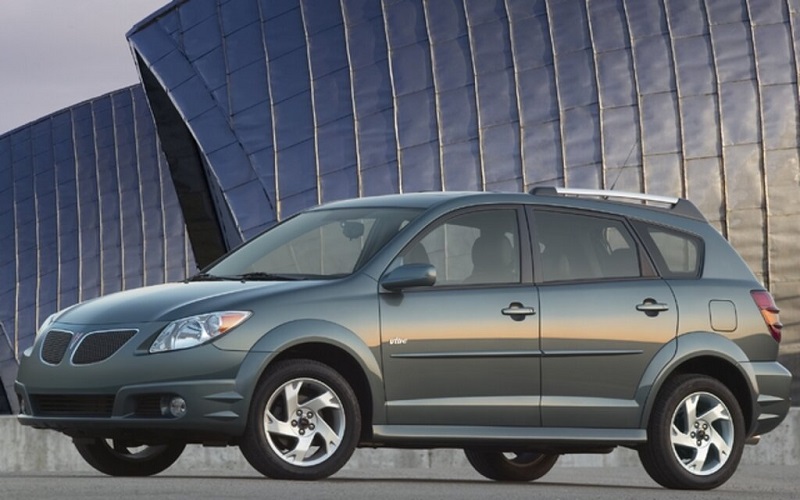
Aftermarket Parts and Customization
A wide range of aftermarket options are available for Pontiac Vibe owners who appreciate customizing their cars. Vibe owners have a wide range of options for customizing their cars, from aesthetic upgrades like body kits and wheels to performance components like enhanced exhaust systems.
Numerous parts are also interchangeable because to the same base with the Toyota Matrix, which facilitates finding parts for modifications or repairs.
Conclusion: A Compact Car with Lasting Appeal
Even though Pontiac is no longer manufactured, its heritage endures. The Pontiac Vibe, which combines the best of Toyota engineering with GM design, is still a well-liked option for used car shoppers looking for a dependable, adaptable, and fuel-efficient automobile. It is a vehicle worth keeping in mind because of its special position in automotive history as the result of two titans working together.
In case you’re searching for a small hatchback that provides functionality, dependability, and a hint of style, the Pontiac Vibe is a viable option to take into account.
